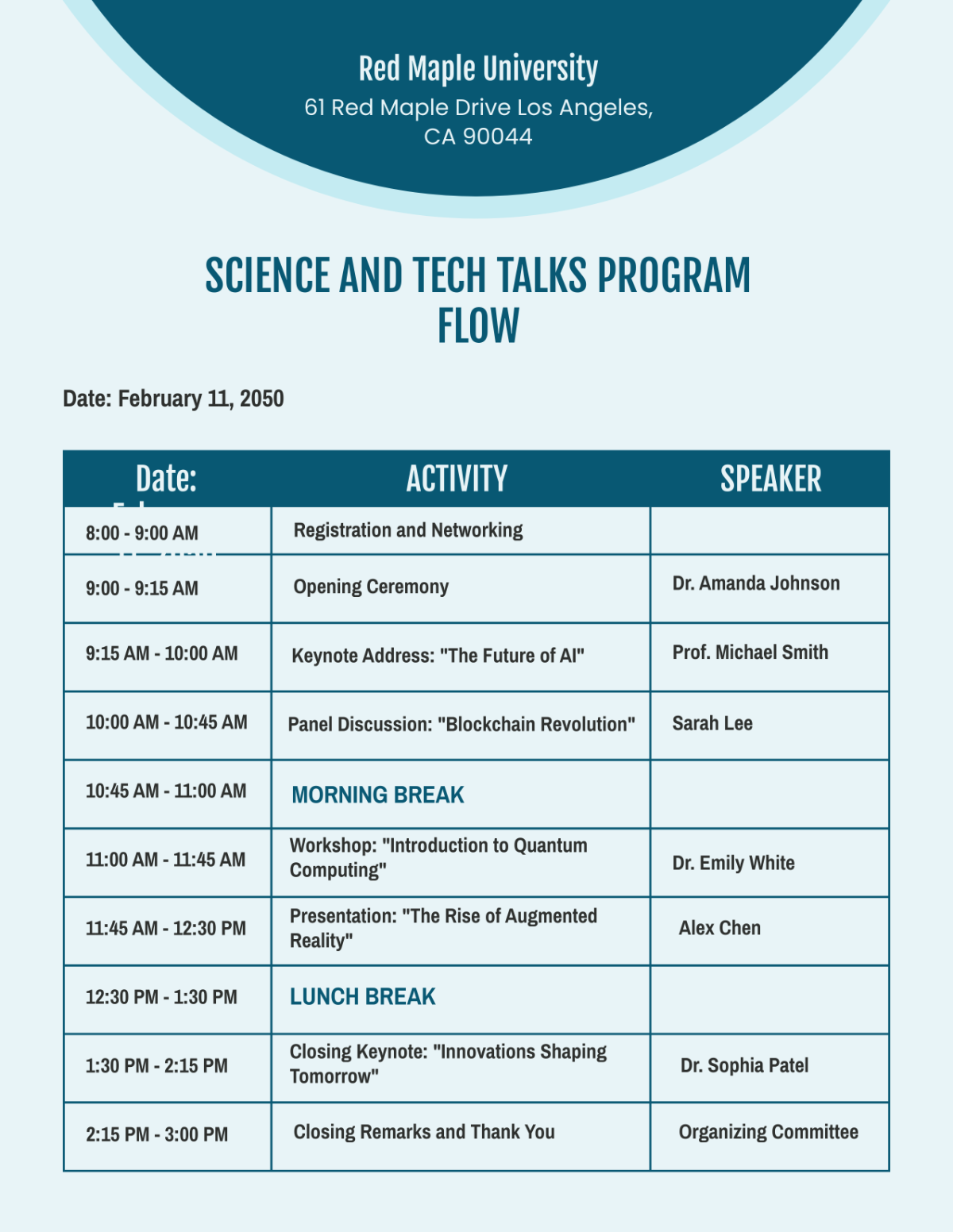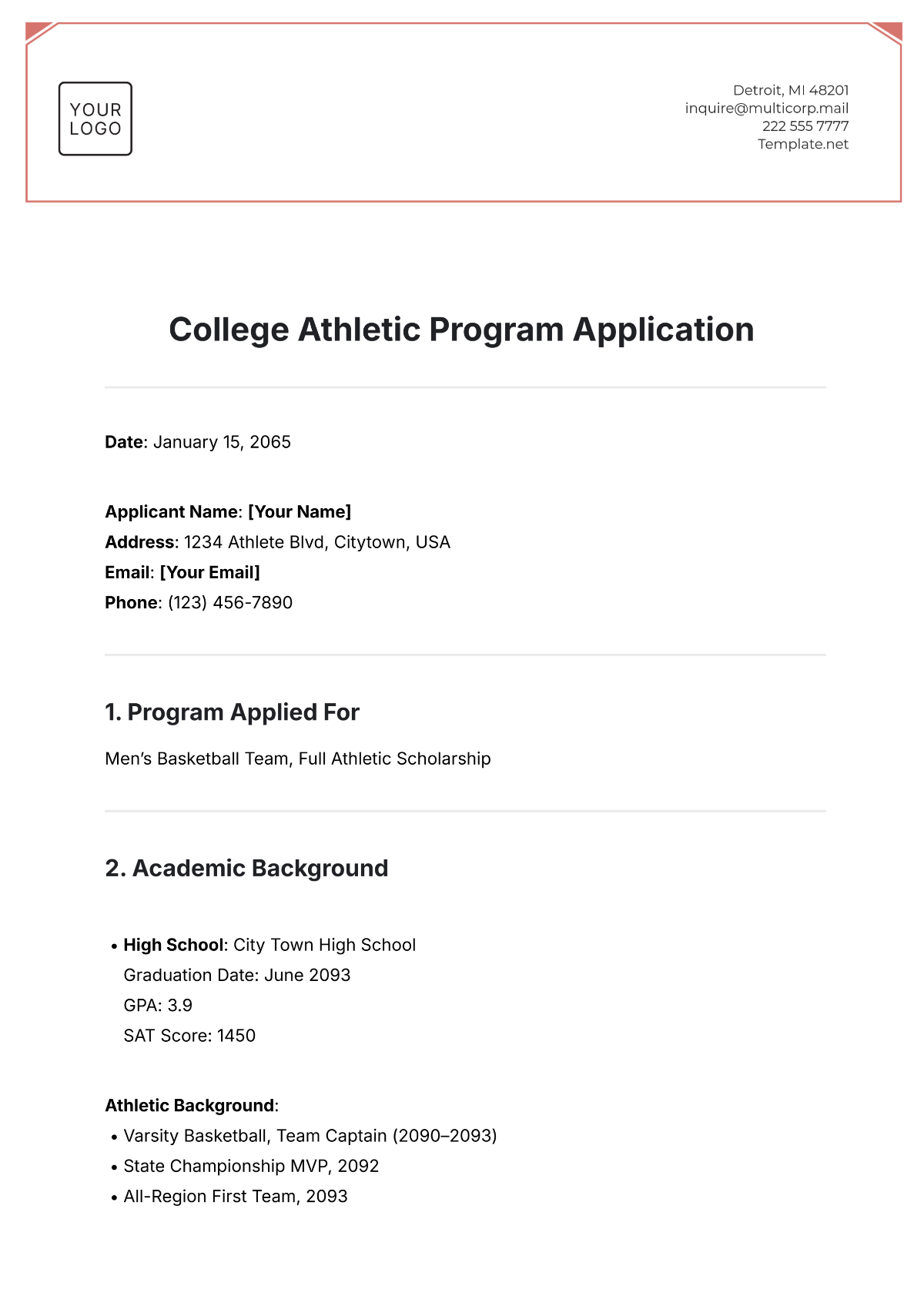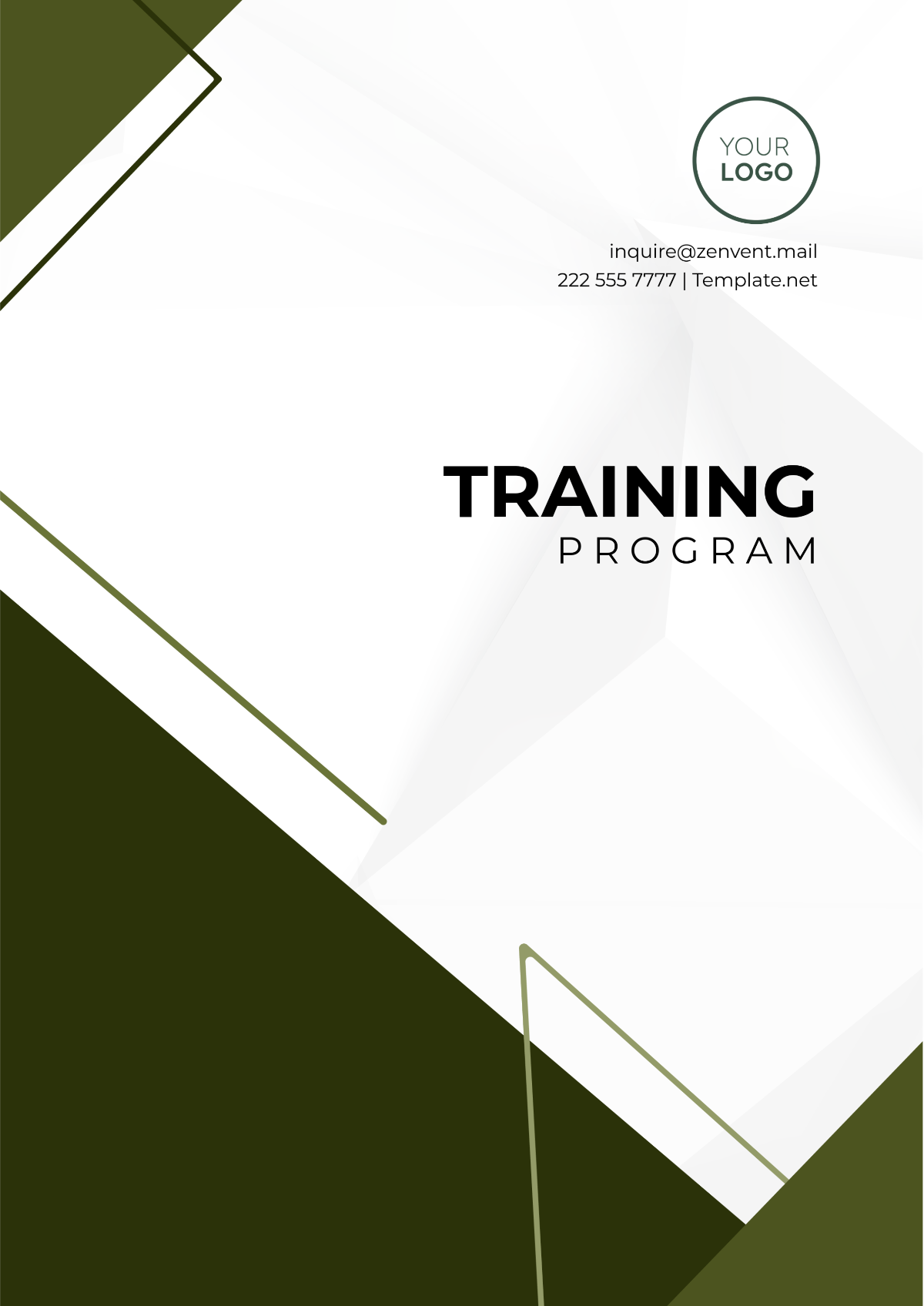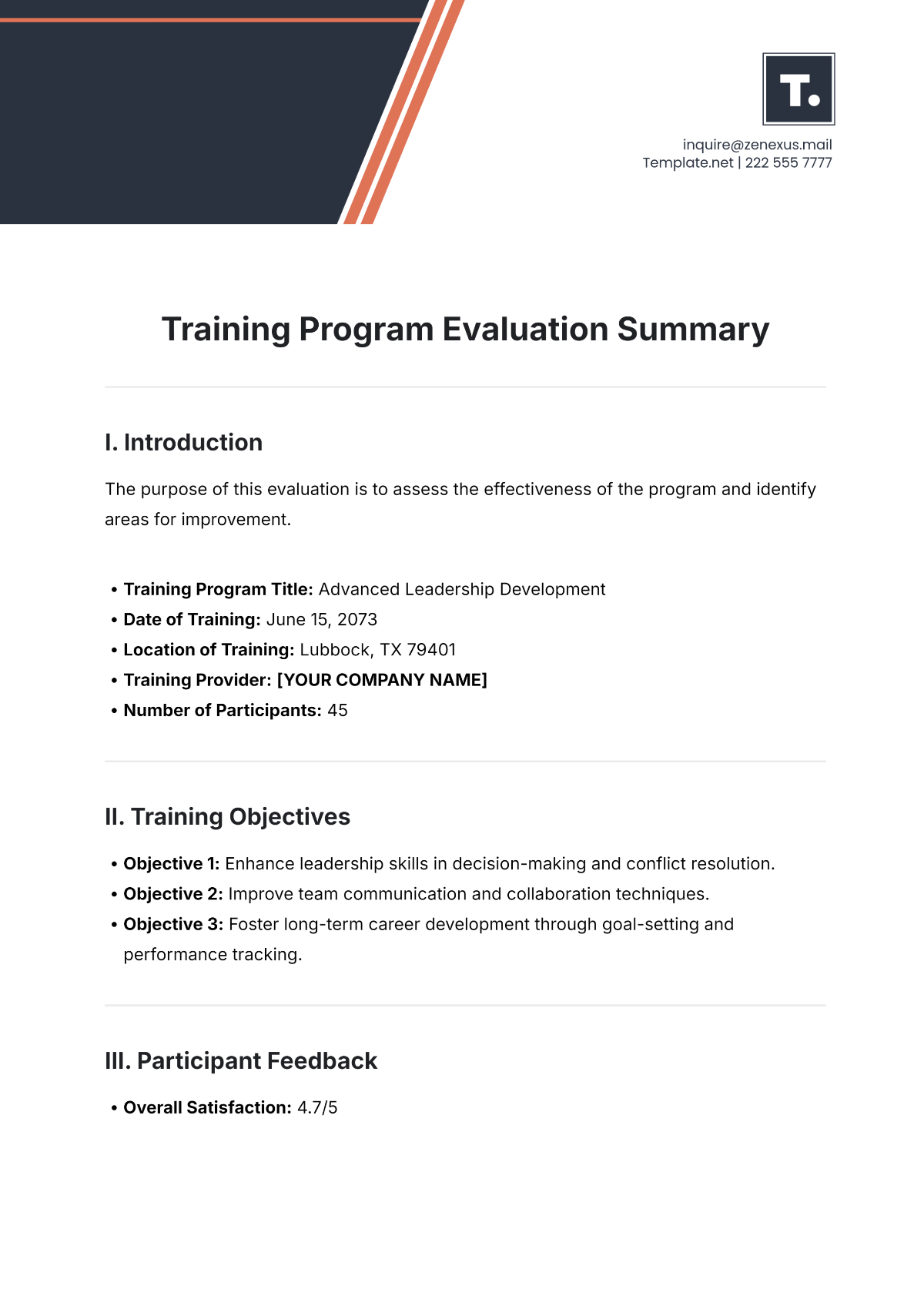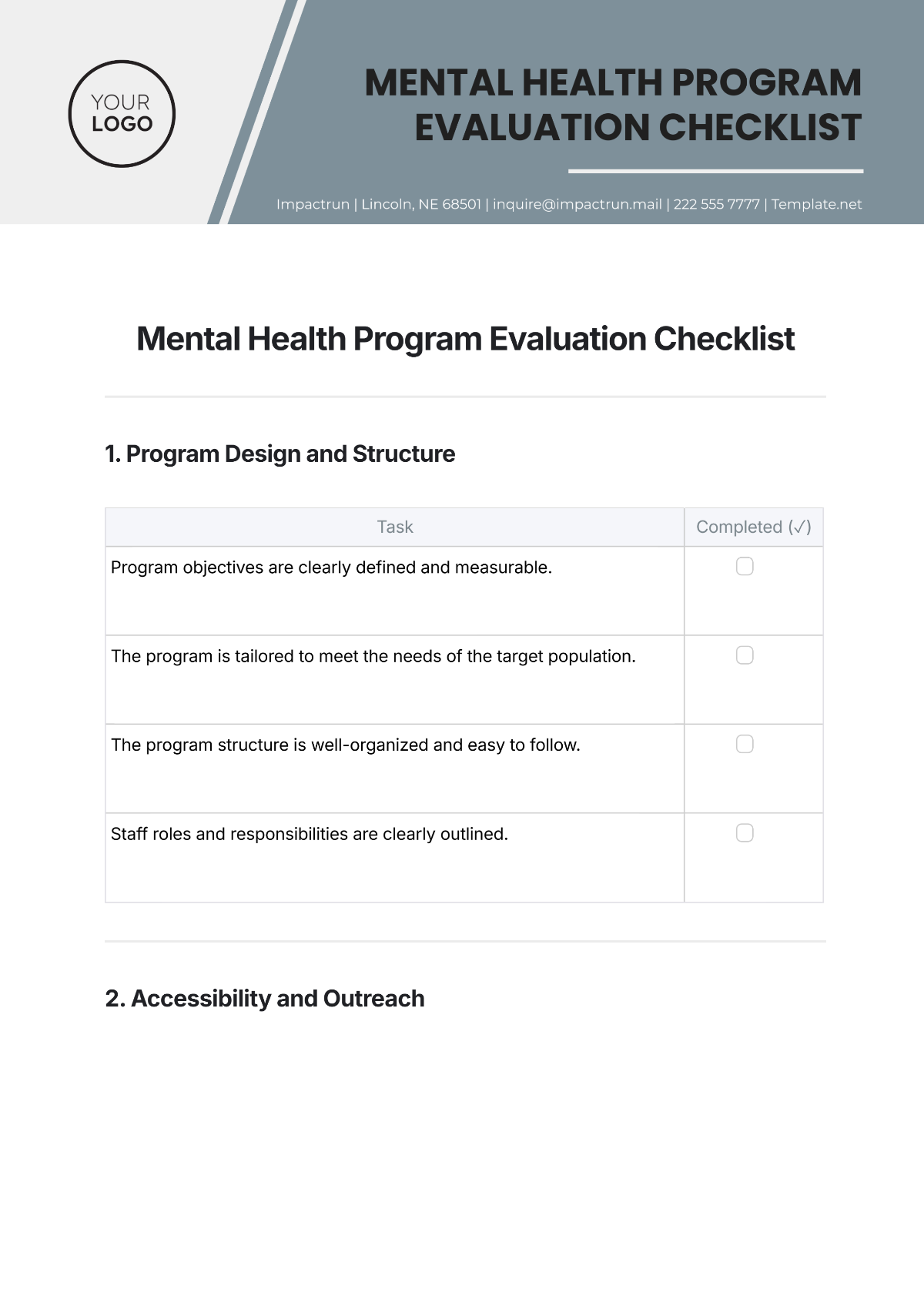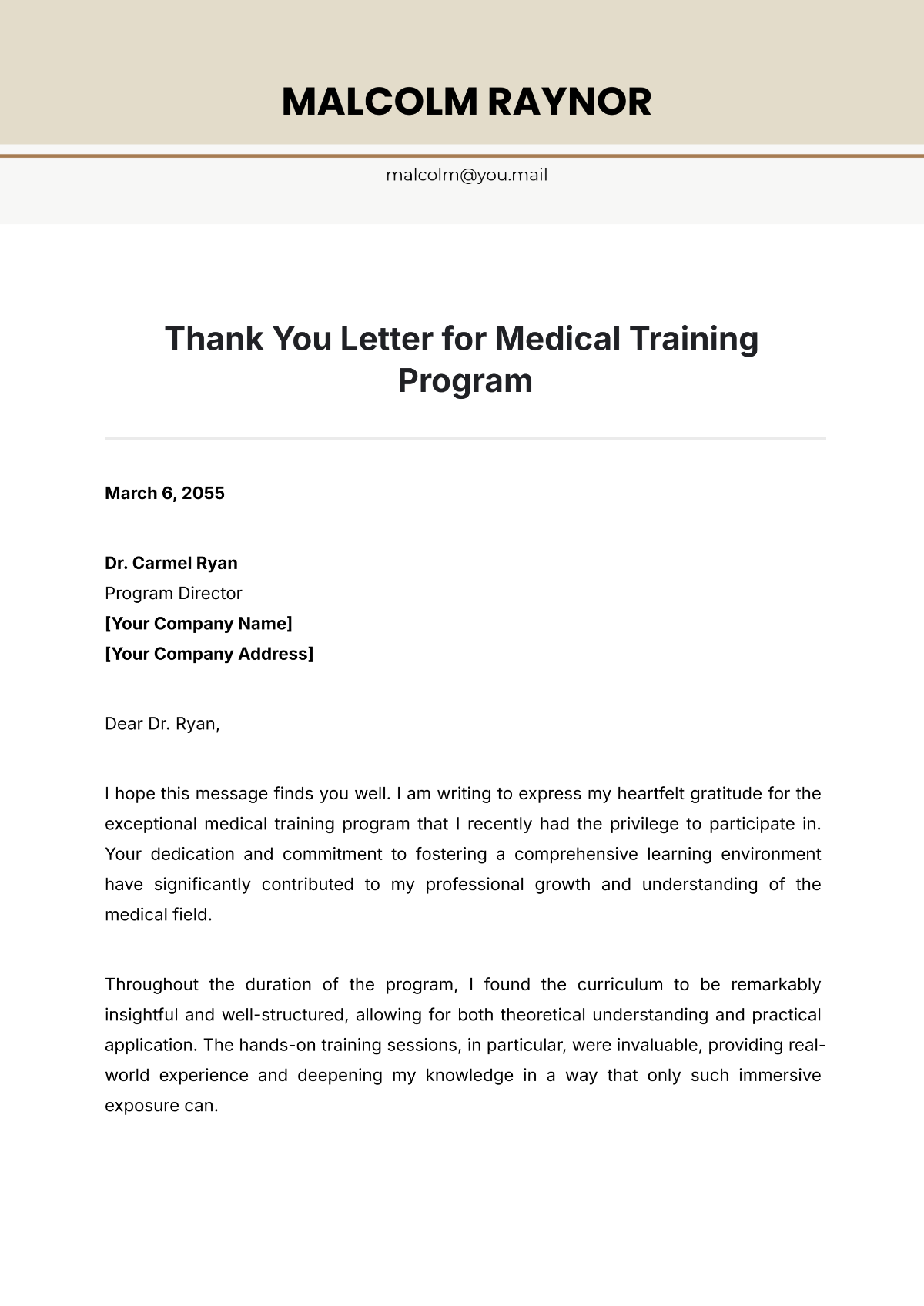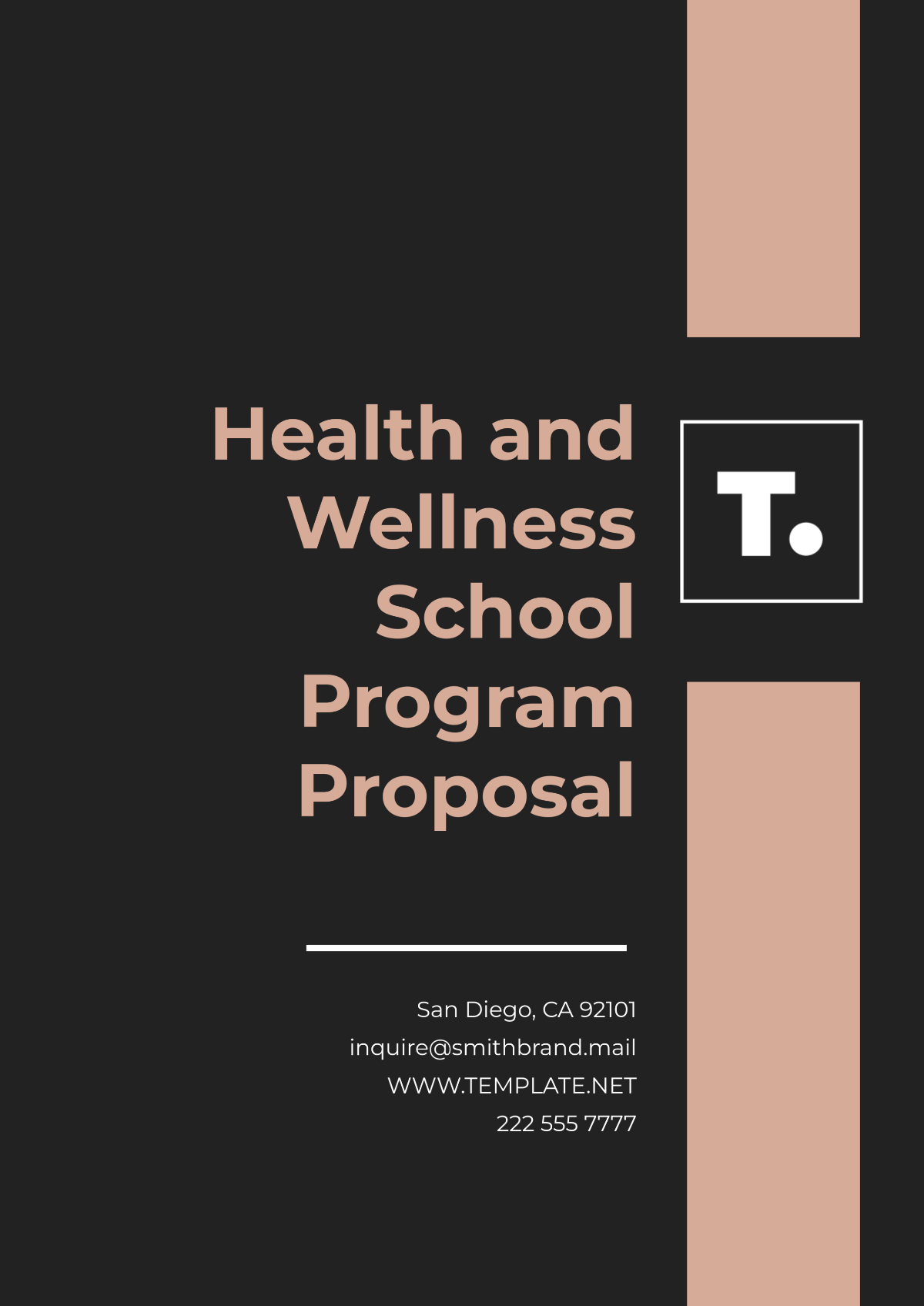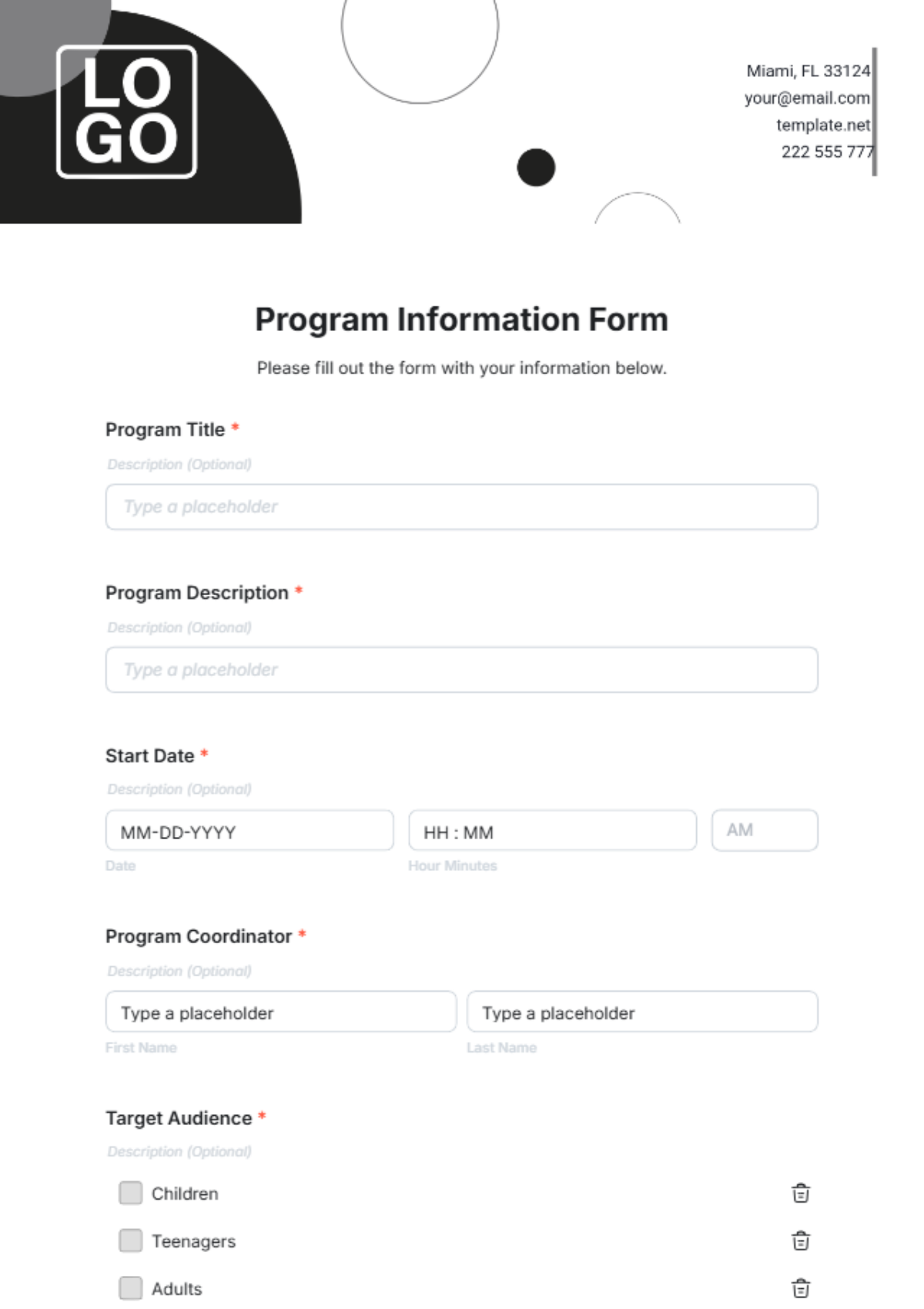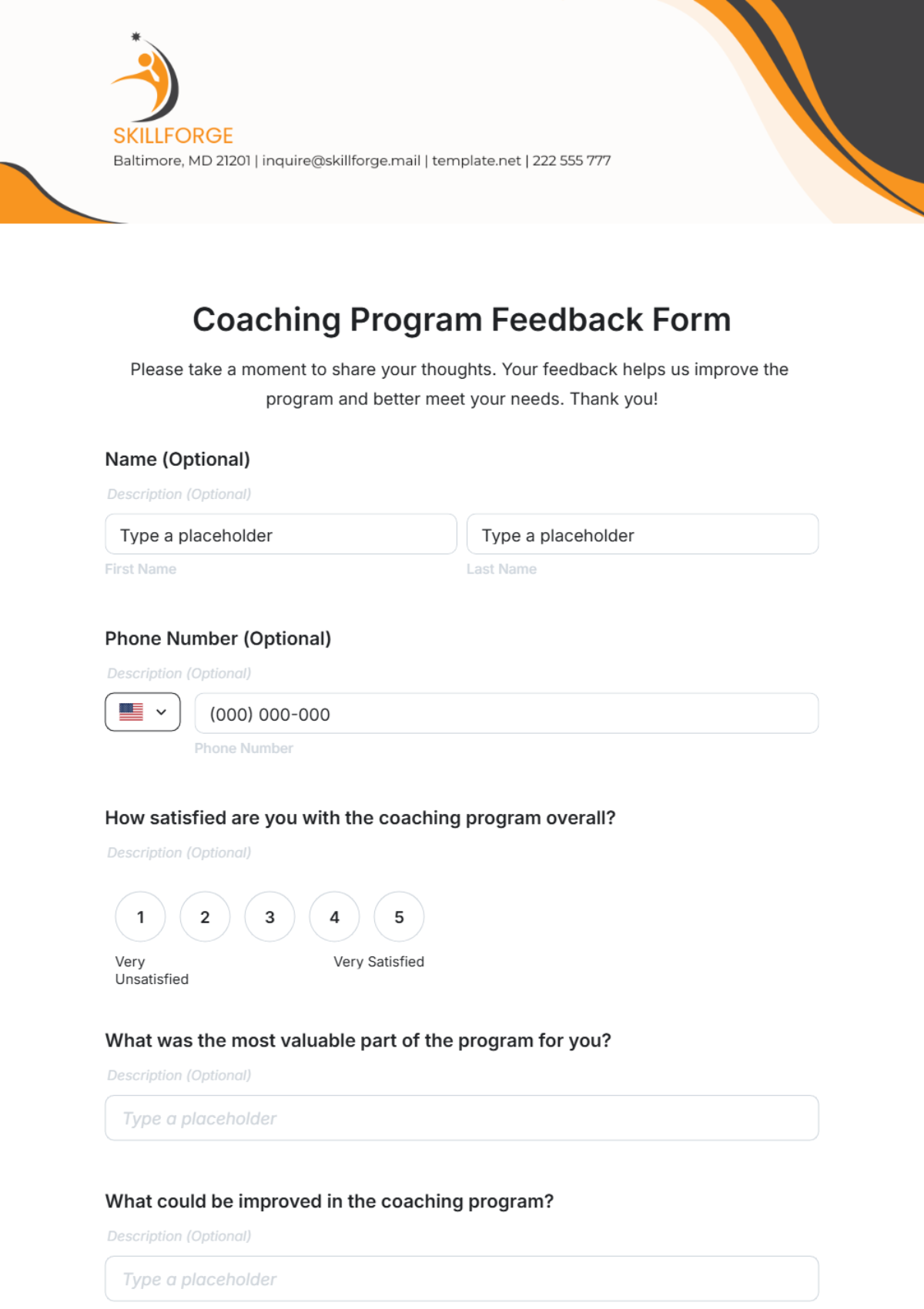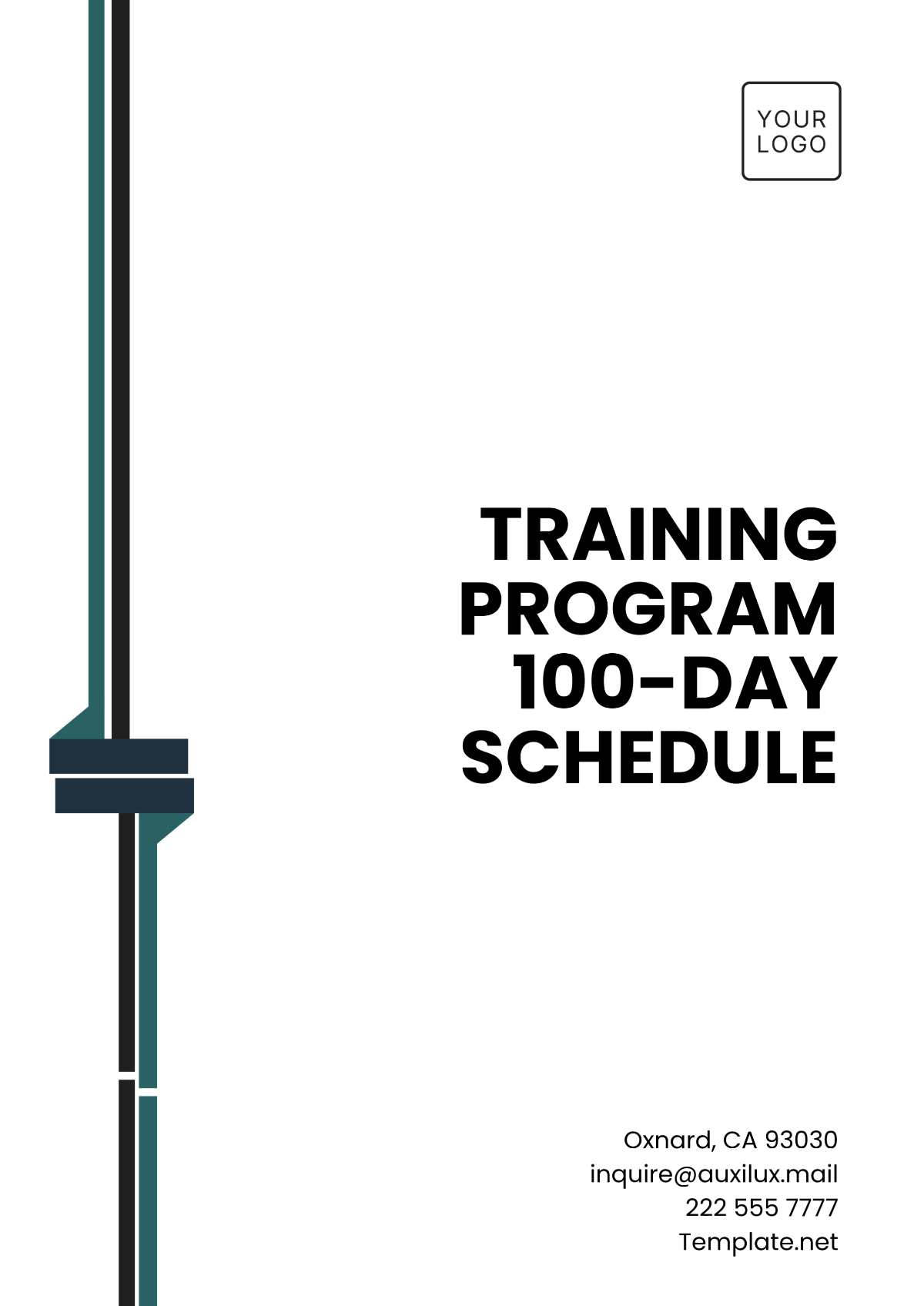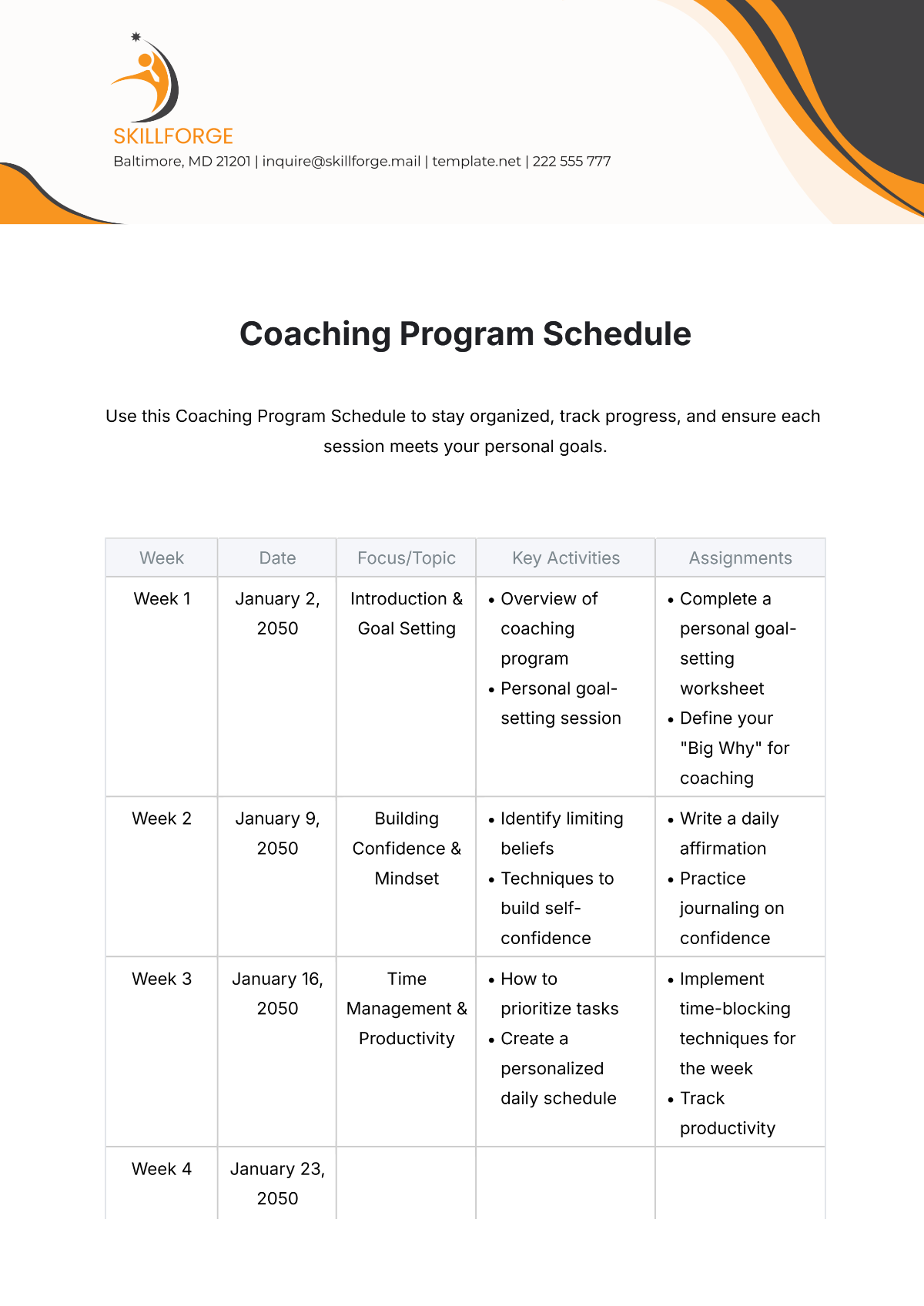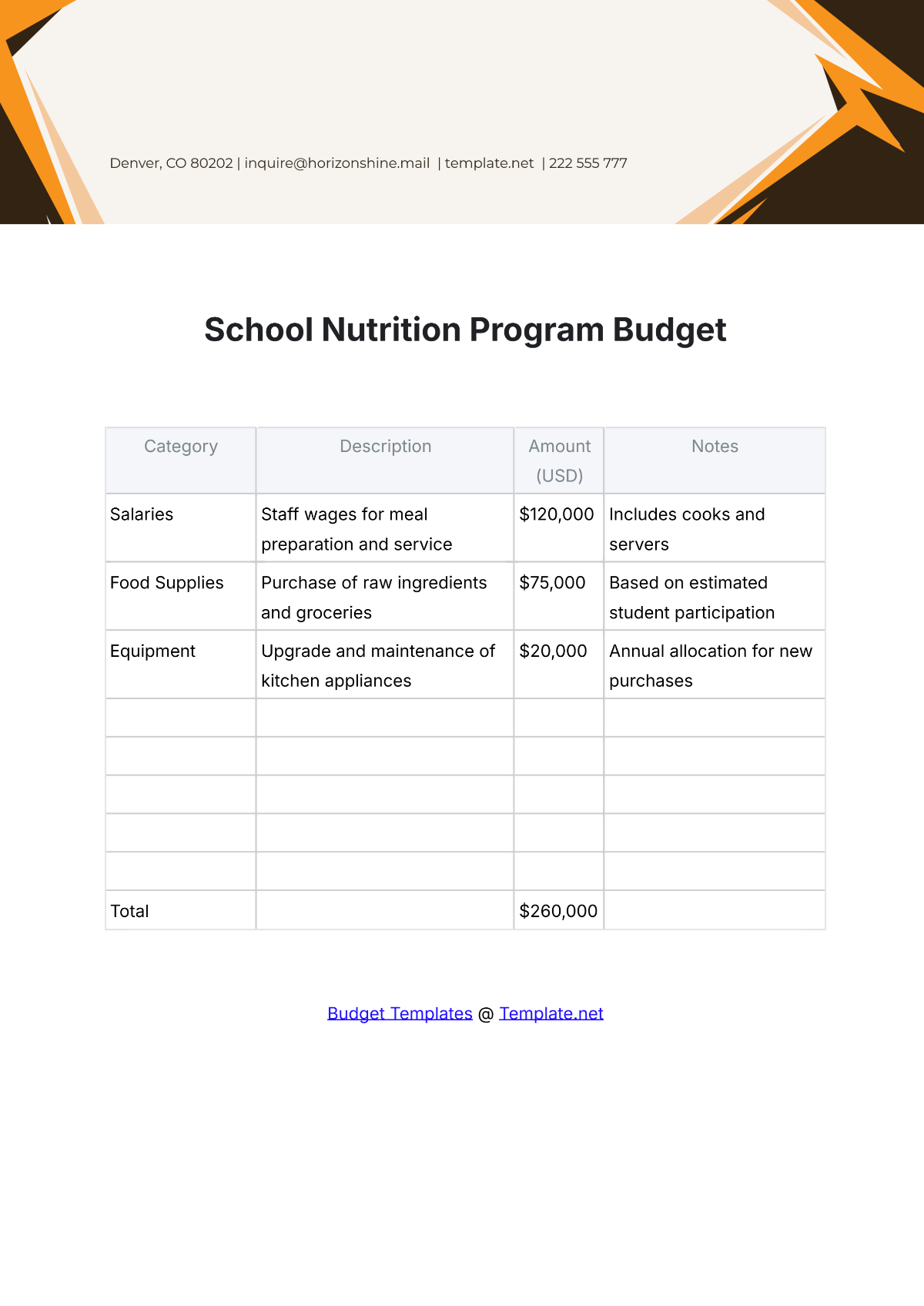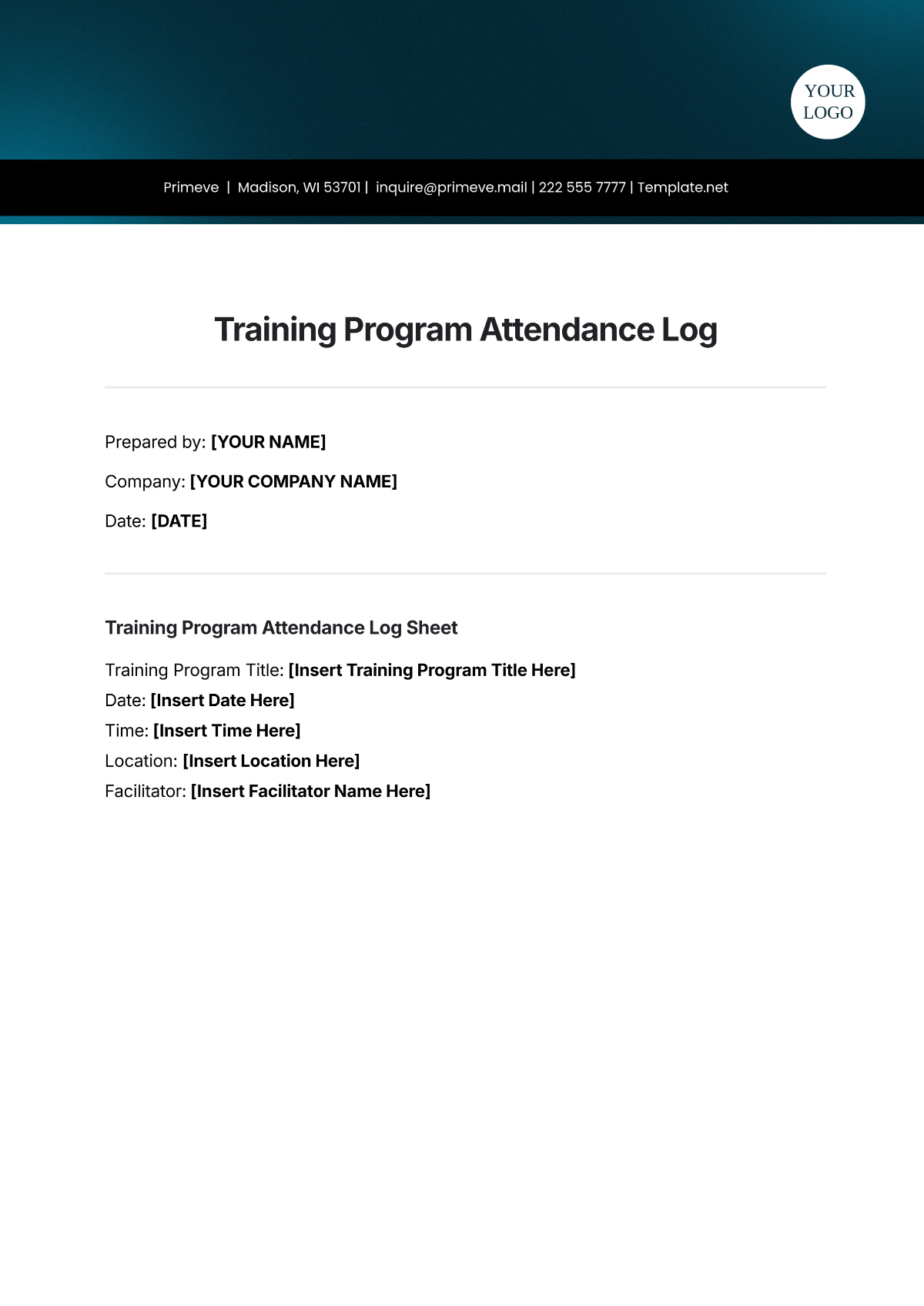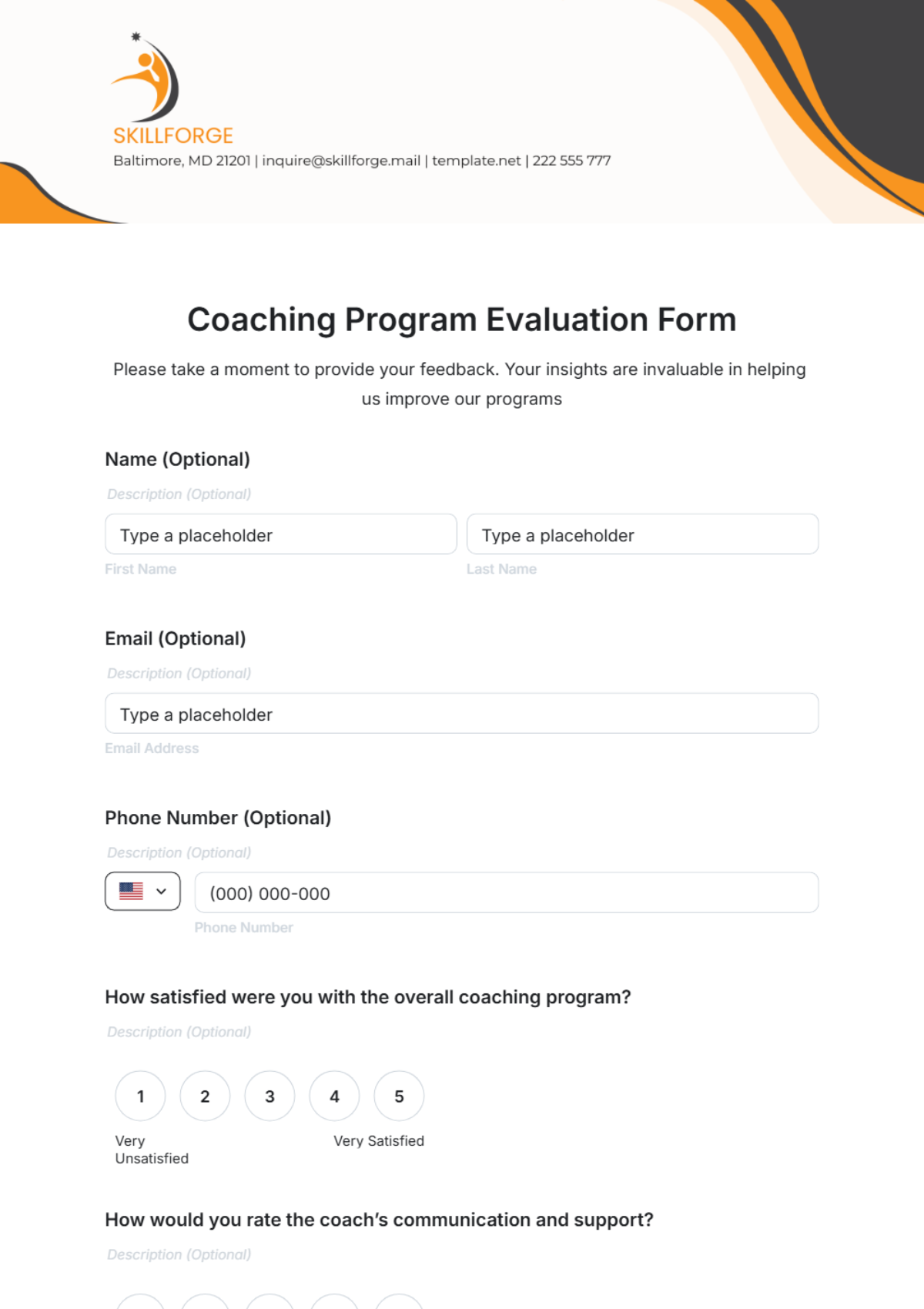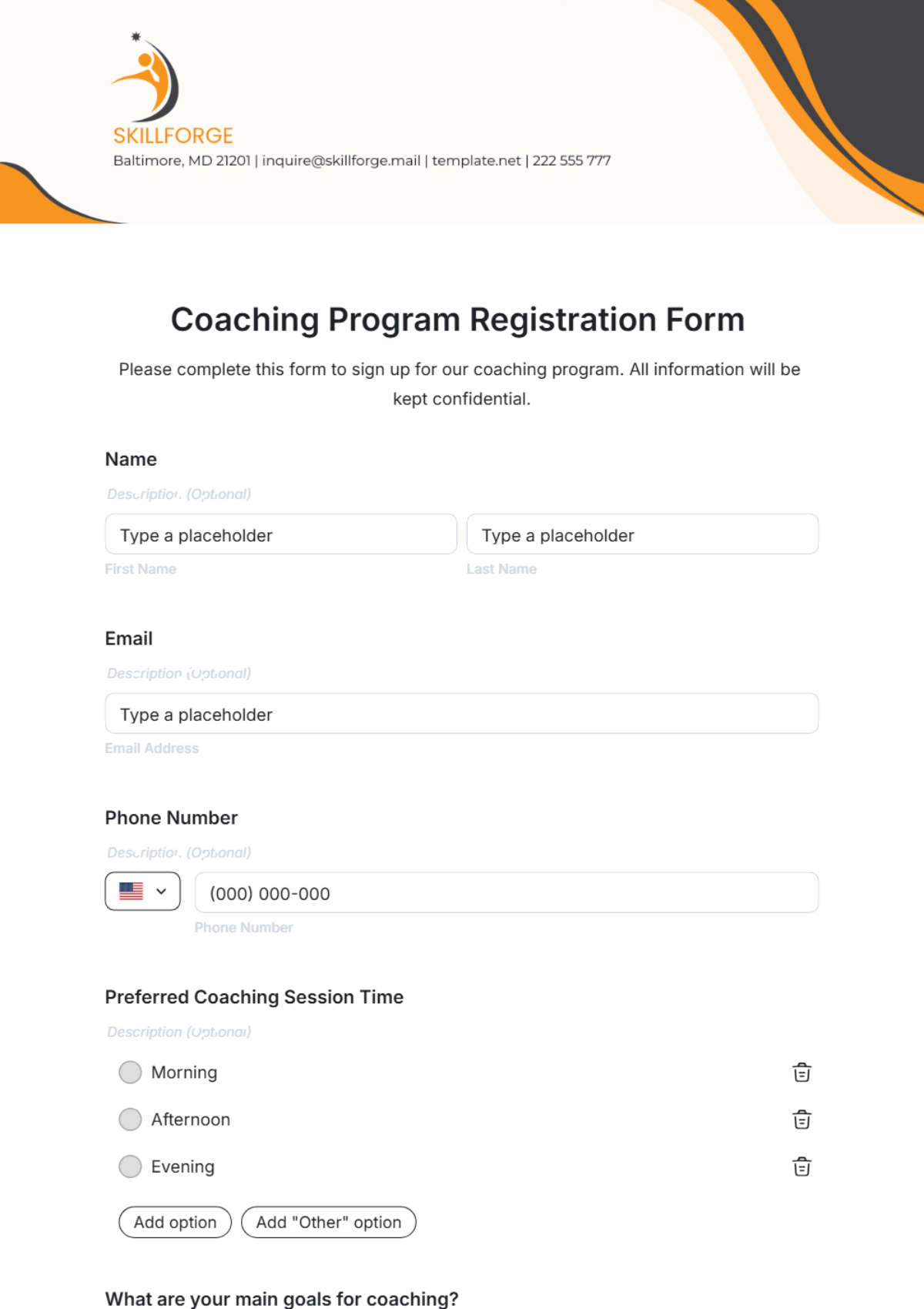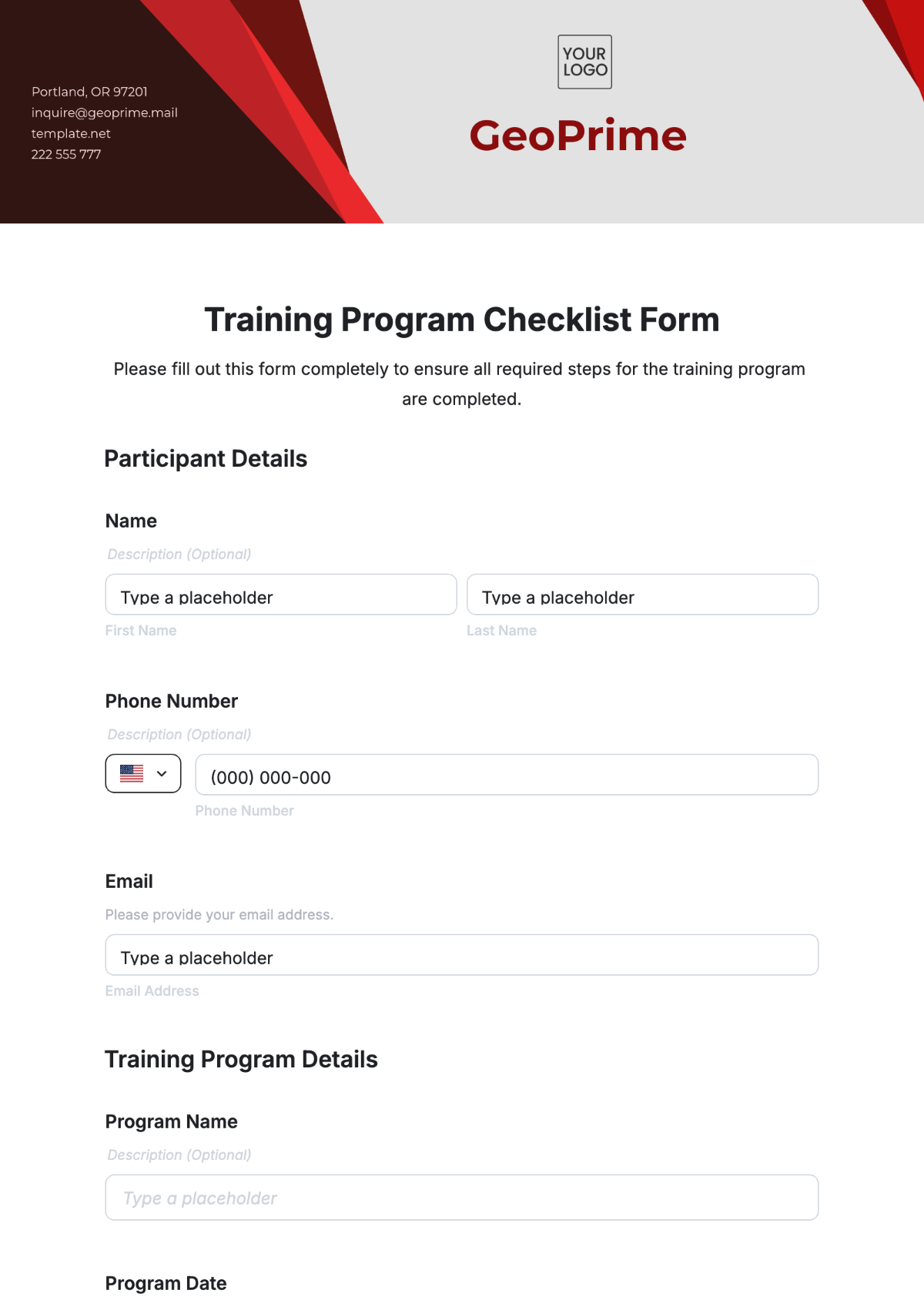Detailed Employee Wellness Program Manual
A. Introduction
Our commitment to the health and safety of our employees is at the core of our company's values. This manual serves as a guide to our wellness program, designed to enhance the well-being of our workforce while aligning with US health and safety laws and standards.
B. Program Goals and Objectives
The [Your Company Name] Employee Wellness Program is driven by clear and compliant goals and objectives that harmonize with our company's health and safety priorities, in strict adherence to US health and safety standards and regulations:
1. Enhance Employee Health and Safety
Promote physical and mental well-being.
Reduce workplace health risks.
Comply with US health and safety laws.
2. Foster a Safe Work Environment
Reduce workplace accidents.
Ensure compliance with OSHA regulations.
Prioritize employee safety.
3. Improve Productivity and Morale
Boost job satisfaction.
Enhance workforce performance.
Align with US employment regulations.
C. Program Structure and Components
In this section, we outline the core components of the [Your Company Name] Employee Wellness Program. Each element is thoughtfully designed to enhance employee well-being while aligning with US health and safety standards and regulations. Please find below a tabular presentation summarizing these components:
Component | Description | Contribution to Employee Well-being |
Health Assessments | Comprehensive health evaluations and screenings. | Early detection of health issues, personalized health planning. |
Fitness Programs | Access to fitness classes, gym facilities, or resources. | Promotes physical wellness, reduces the risk of lifestyle-related diseases. |
Mental Health Support | Counseling, stress management, and mental health resources. | Addresses mental health concerns and reduces stress. |
Nutritional Guidance | Guidance Nutrition workshops, dietary guidance. | Encourages healthier eating habits and weight management. |
Health Education | Workshops, seminars, and informative resources. | Provides knowledge and tools for making informed health choices. |
Safety Training | Workplace safety training and resources. | Enhances awareness of safety practices and reduces workplace accidents. |
4. Eligibility and Participation
The [Your Company Name] Employee Wellness Program is open to all full-time and part-time employees, including temporary and contracted staff, who meet the following eligibility criteria in strict compliance with relevant US laws and regulations:
Eligibility Criteria
Employee Status: All active employees of [Your Company Name] are eligible to participate, regardless of employment duration or position.
Age: Employees must be 18 years of age or older to participate.
Work Location: Employees based in the United States, including remote workers, are eligible for program benefits.
Enrollment Period: Eligible employees may enroll during specified enrollment periods, ensuring equitable access for all.
Participation Criteria
Voluntary Participation: Participation in the program is voluntary, and employees are not obligated to join or maintain involvement.
Compliance: Participants are expected to adhere to program guidelines and engage constructively in wellness activities.
Non-Discrimination: The program does not discriminate based on race, color, religion, sex, national origin, age, disability, or genetic information, in accordance with US anti-discrimination laws.
Privacy: Employee health information is treated with utmost confidentiality and in compliance with HIPAA regulations.
E. Health and Safety Policies
At [Your Company Name], the health and safety of our employees are paramount. Our comprehensive Health and Safety Policies are integral to the success of our Employee Wellness Program and are firmly rooted in compliance with US health and safety laws and regulations.
Key Policy Points
Safety First: We prioritize safety in all aspects of our operations, adhering to OSHA and industry-specific safety standards.
Prevention: We actively promote accident prevention and hazard recognition to mitigate workplace risks.
Training: All employees receive regular safety training to ensure a safe work environment.
Emergency Response: Procedures for responding to emergencies are in place to protect employees.
Our commitment to health and safety underpins the wellness program, ensuring that our workforce thrives in a secure and supportive environment.
F. Communication and Promotion
Effective communication is vital for the success of the [Your Company Name] Employee Wellness Program. We employ a multi-faceted approach to ensure all employees are well-informed and engaged:
Internal Communication
Regular email updates from HR with program information and announcements.
Intranet and company bulletin boards for posting program details.
Direct communication during team meetings and company-wide gatherings.
Social Media and Online Platforms
Utilization of our company's social media accounts to share program highlights, success stories, and relevant articles.
Inclusion of program information on our company website's dedicated wellness section.
G. Program Incentives
The [Your Company Name] Employee Wellness Program recognizes and rewards employees for their active participation and commitment to well-being while ensuring strict compliance with legal standards. Our incentives are designed to motivate and engage employees in a healthy lifestyle while aligning with relevant US laws, including HIPAA and federal tax regulations:
Health Insurance Premium Discounts: Eligible employees may receive discounts on health insurance premiums for completing specified wellness activities and health assessments.
Wellness Points System: Employees earn wellness points for engaging in program activities, which can be redeemed for rewards such as gift cards, fitness equipment, or paid time off.
Healthy Lifestyle Initiatives: We offer on-site fitness classes, nutrition workshops, and smoking cessation programs, with successful completion resulting in incentives.
Financial Incentives: Some employees may qualify for cash rewards for achieving specific wellness goals, subject to applicable tax regulations.
By adhering to legal standards, we ensure that our incentive program encourages employee participation, motivates healthier choices, and complies with all relevant US regulations.
H. Privacy and Confidentiality
At [Your Company Name], we take the privacy and confidentiality of our employees' health information with the utmost seriousness. Our commitment to safeguarding personal health data aligns perfectly with US health and safety standards, particularly the Health Insurance Portability and Accountability Act (HIPAA) and other relevant regulations. Here's how we ensure the privacy and confidentiality of your health information:
Secure Storage: All health records and information are securely stored in compliance with HIPAA's physical, technical, and administrative safeguards. Access is restricted to authorized personnel only.
Limited Disclosure: We do not disclose your health information to third parties without your explicit consent, except when required by law or as necessary for program administration.
Employee Consent: Participation in the Employee Wellness Program is voluntary, and employees provide informed consent before sharing any health-related data.
De-Identified Data: Whenever possible, health data is de-identified to protect your privacy further. Only aggregated, anonymous data is used for program evaluation.
Training and Compliance: Our staff receives ongoing training to ensure compliance with HIPAA and other applicable regulations, guaranteeing the highest standards of privacy and confidentiality.
Rest assured that your health information is handled with the utmost care, and we remain fully committed to protecting your privacy while promoting a healthier and safer workplace.
I. Evaluation and Reporting
To ensure the ongoing success and effectiveness of the [Your Company Name] Employee Wellness Program, we have established a robust system for evaluation and reporting that aligns with US health and safety standards. Key performance indicators (KPIs) are used to measure various aspects of the program's impact:
KPIs for Evaluation
Participation Rates: Monitoring the number of employees actively engaged in wellness activities and programs.
Health Risk Reduction: Assessing changes in health risk factors, such as BMI, blood pressure, and cholesterol levels, over time.
Absenteeism: Tracking any reductions in absenteeism related to health issues.
The "Employee Absenteeism Distribution" pie graph illustrates the distribution of employee absenteeism levels within [Your Company Name]. It highlights the majority of employees with no absences, reflecting our commitment to a healthy and engaged workforce.
Healthcare Cost Reduction: Evaluating the impact of the program on healthcare costs, including insurance claims and medical expenses.
Employee Satisfaction: Gathering feedback through surveys and focus groups to gauge employee satisfaction with the program.
Reporting Process
Regular Reports: We generate quarterly reports detailing program participation, progress toward wellness goals, and any notable trends or improvements.
Annual Assessments: A comprehensive annual report summarizes the program's overall impact, including financial savings and improvements in employee health and well-being.
Continuous Improvement: Based on data analysis, we make necessary program adjustments to better align with employee needs and US health and safety regulations.
Our commitment to thorough evaluation and reporting ensures that the Employee Wellness Program remains effective, efficient, and compliant with US standards, ultimately benefiting both our employees and our company as a whole.
J. Legal and Regulatory Compliance
Adherence to relevant US laws and standards is paramount in ensuring the success of the [Your Company Name] Employee Wellness Program. We diligently comply with various laws and regulations, including but not limited to:
OSHA Regulations: Ensuring a safe workplace in accordance with the Occupational Safety and Health Administration (OSHA) standards.
HIPAA: Safeguarding employee health information as required by the Health Insurance Portability and Accountability Act.
ADA: Upholding the Americans with Disabilities Act to accommodate employees with disabilities.
Compliance with these laws guarantees the well-being of our workforce and aligns with our commitment to health and safety.





